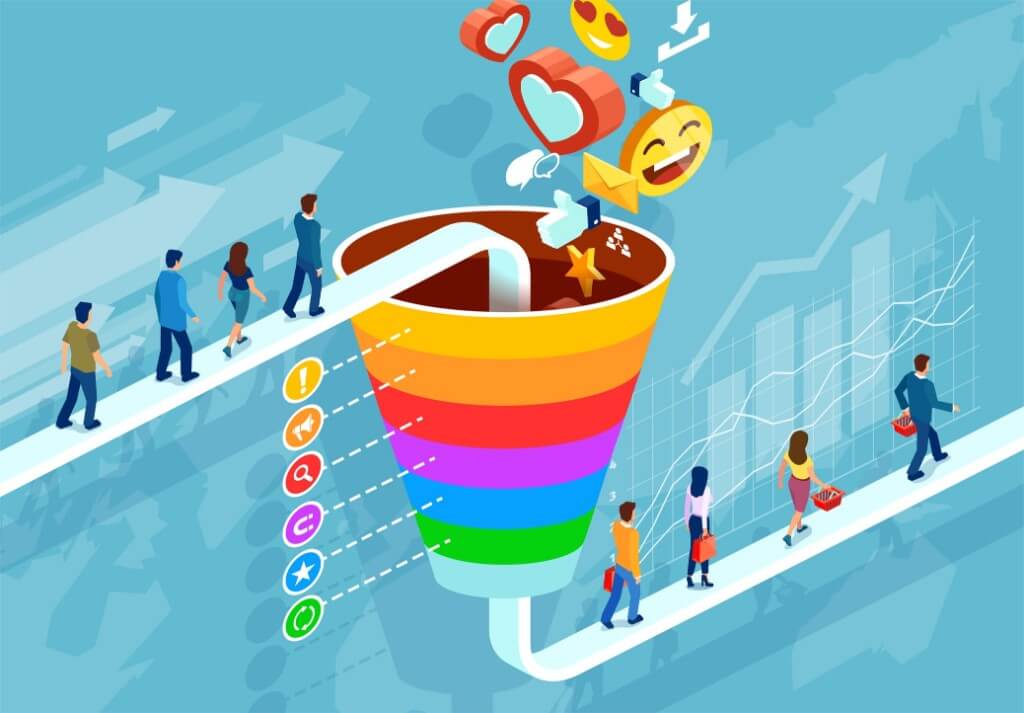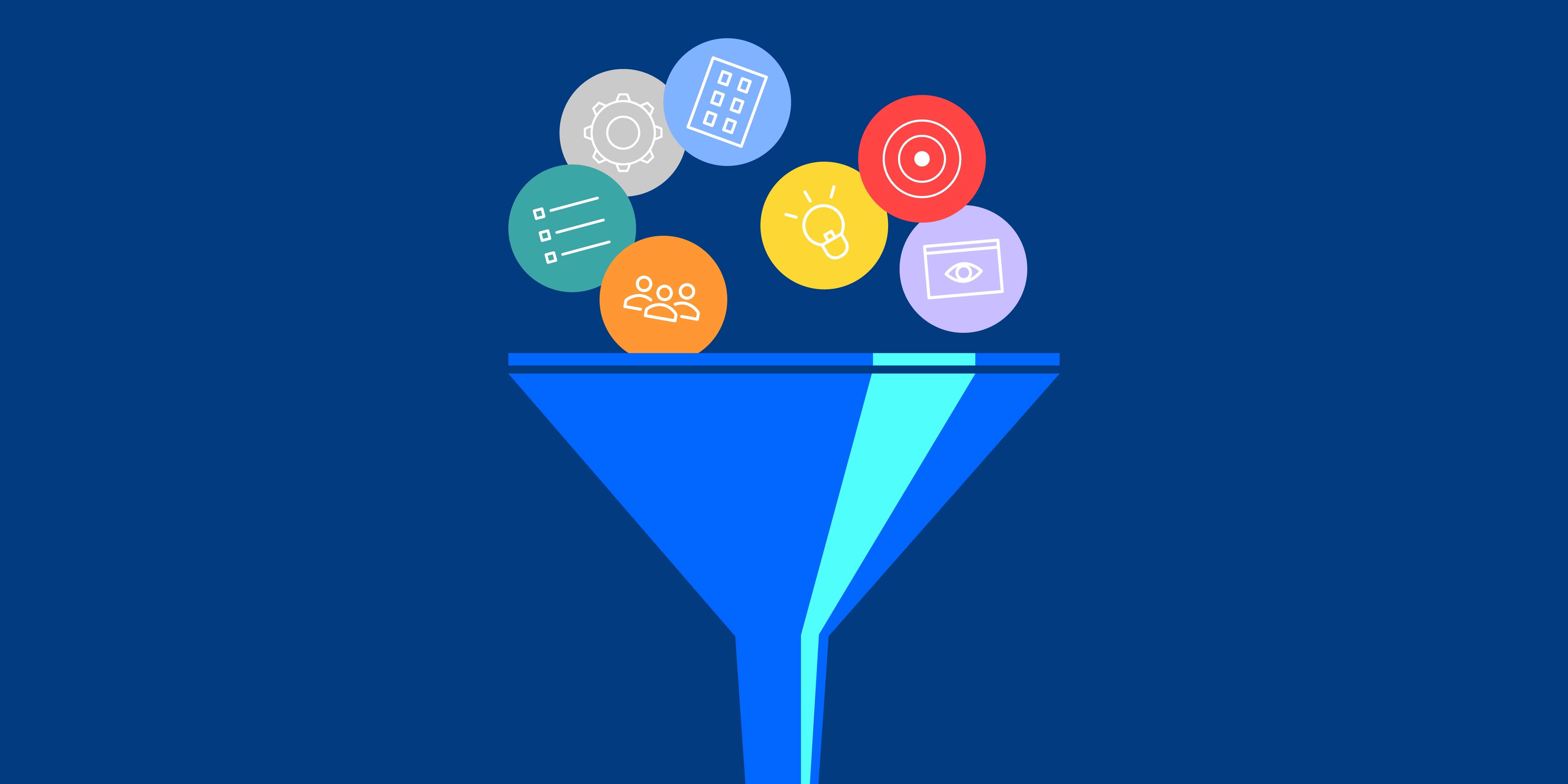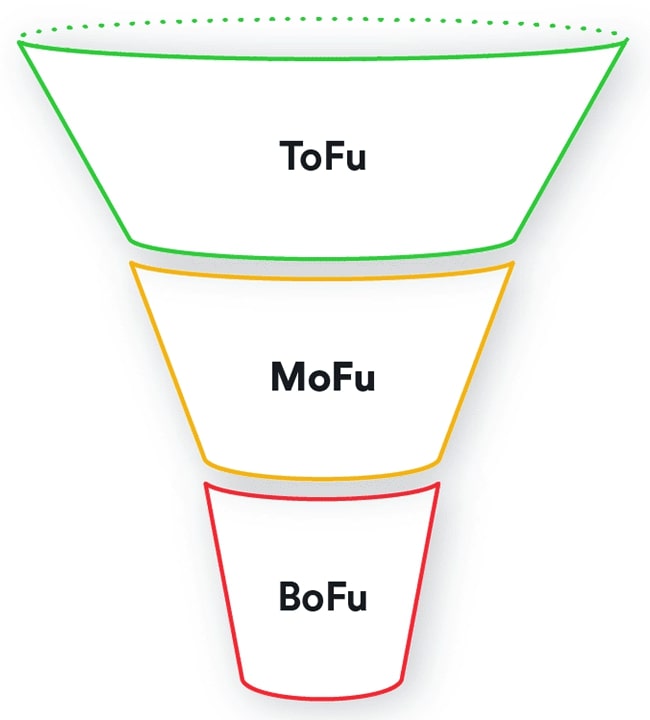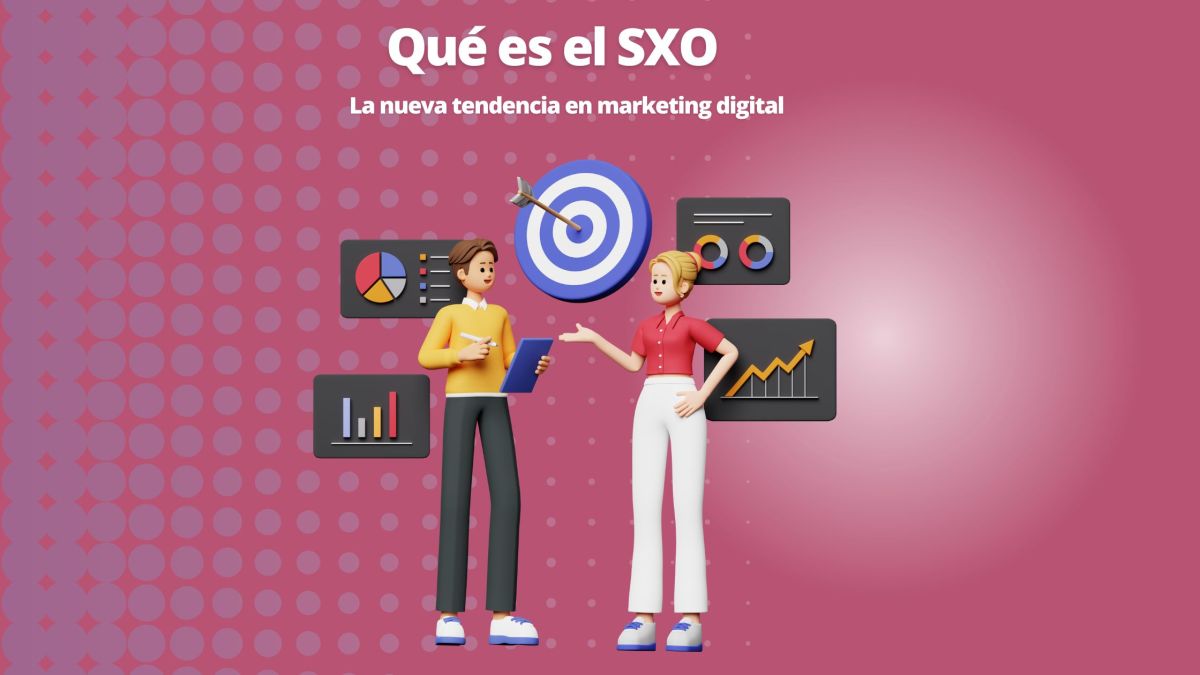What is a Sales Funnel? The Beginner’s Guide

A sales funnel is an indispensable tool for every sales team, as it can help figure out where and how to refine the sales processes. Thus, knowing first hand what is a sales funnel might give you some ideas to improve your online purchases.
This is one of the most used concepts in the digital marketing industry. While odd sounding at first, this single core concept can take a business from virtually non-existent and unknown to multi-million-dollar marketing machine with mass saturation, seemingly overnight.
Definition of sales funnel
According to Wikipedia, the meaning of sales funnel (also known as conversion funnel) is:
A phrase used in e-commerce to describe the journey a consumer takes through an Internet advertising or search system, navigating an e-commerce website and finally converting to a sale. The metaphor of a funnel is used to describe the way users are guided to the goal with fewer navigation options at each step.

What is a sales funnel?
Basically, a sales funnel is a metaphor for a traditional sales process from beginning to end. It’s called a funnel due to the conical shape that forms as you add additional criteria to each deal.
On a macro-level, a sales funnel usually start with a large number of potential buyers at the top. Based on certain criteria, this pool of potential buyers is reduced to a fewer number of prospects.
Towards the middle of the customer journey, the number of prospects reduces to a handful of opportunities, and after the decision-making stage, the sales process ends with a win or a loss.
As every individual deal moves through each phase, the probability of closing the sale changes. The further along the sales funnel, the more information is exchanged and more apparent it becomes using the product will be advantageous to the customer.
At this point, there is a lot of potential for that deal to be ultimately successful unless the deal is moved to closed-lost in which case, the probability moves to zero.
Why is a sales funnel important?
Your sales funnel illustrates the path prospects take. Understanding your funnel can helps you find the holes in the funnel, that is, the places where prospects drop out and never convert.
If you don’t understand your sales funnel, you can’t optimize it. We’ll go into the specifics of how the funnel works below, but for now, understand that you can influence how visitors move through the funnel and whether they eventually convert.
Sales funnel stages
Now that you know what is a sales funnel, it’s time to discover its stages.

TOFU (top of the funnel): awareness and discovery
At the beginning of their journey, the potential customers are going through a specific problem and are researching and learning about it.
Therefore, they’re still identifying their challenge. They have many questions about it as they likely haven’t named the problem itself —they just know the symptoms.
They’re trying to verbalize their problem and are looking for a trusted source of information and education.
At the top of the sales funnel, the prospect wants to feel educated and confident to be able to talk about their questions and problems when the time comes.
From a marketing perspective, they want content that will guide them through the topic that matters to them, including blog posts, videos, and even quizzes.
In this stage, the Untouched prospects turn into Contact made prospects. More precisely, they’re now Leads. It’s time to ask relevant questions and qualify the lead.
MOFU (middle of the funnel): researching solutions
In this second stage, contacts have names. They have now defined their problem, and are looking into all available solutions like products and services.
Questions in the middle of the funnel are no longer generic. Instead of asking ‘why’ questions, the leads are diving into a range of opportunities to solve their problem.
At the middle of the sales funnel, the lead is diving deeper into the specifics of the problem. They understand what’s bothering them in great detail and want to know the possible solutions. It’s important now that you know what is a sales funnel.
At this point, they might not necessarily be evaluating solution providers such as specific companies and their products. Instead, they’re looking for types of solutions available to them.
The content that serves the leads best in this stage includes in-depth guides, comparison-style checklists, pros versus cons lists, and other insightful pieces.
In this stage, the Leads become Qualified as you get to talk to them and ask them questions that help decide whether the offer is the right fit for their problem.
BOFU (bottom of the funnel): making an educated purchase decision
Finally, the bottom of the funnel is when the leads now know everything about their problem, the best type of solution for them, and are ready to select the provider to purchase this solution from.
This is why their questions and concerns in this stage become vendor-driven. That’s what helps the lead make a decision that suits their exact needs, specific problems, budget, and other relevant resources.
The best content for the bottom of the funnel are FAQ pages, videos about product features, live demos, and side-to-side competitive feature analysis. These reinforce their confidence in the offer as they keep seeing its fit for their specific problem.
This is when the Qualified leads go through Proposal presented and Negotiation phases, after which you ideally win their business.
Bottom line, understanding what is a sales funnel is extremely important to improve your conversion rate. What about you? Do you use this technique for your online business?







![Mejores agencias de marketing digital en Chile [2025]](/cms/uploads/mejores_agencias_marketing_digital_chile-1200-swxnxf.png)
